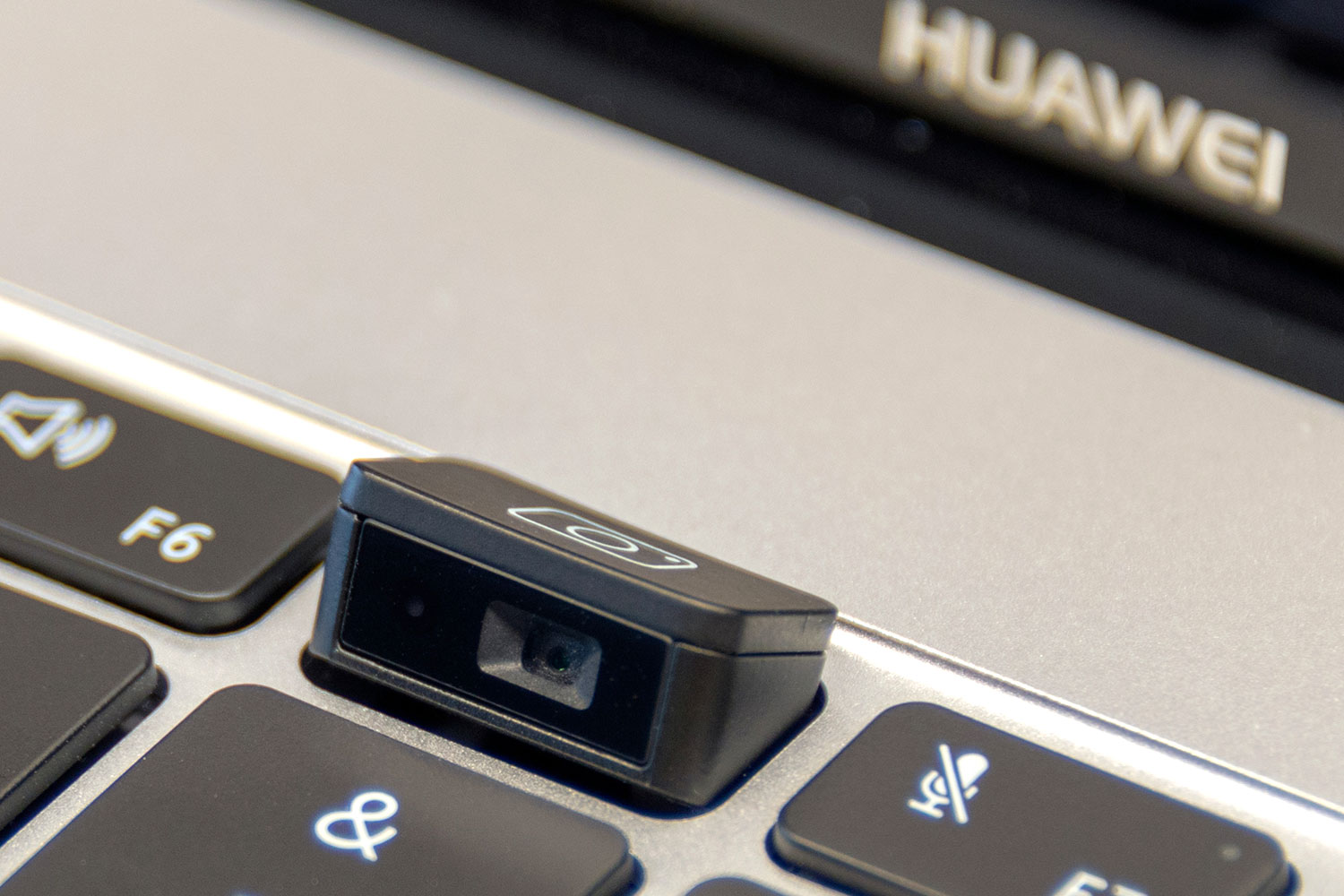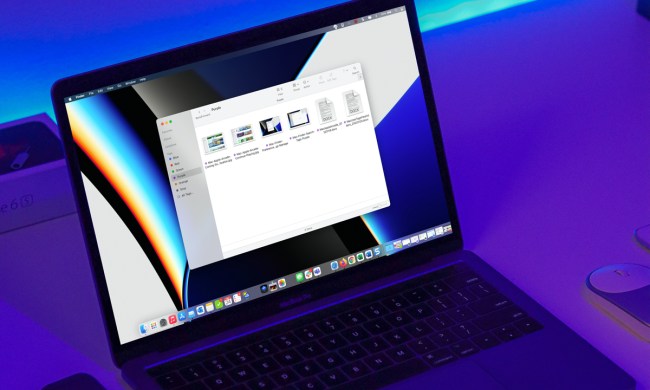Fast, attractive, and boasting a beautiful display, Huawei’s new MateBook X Pro is a good laptop. Yet it has a problem, one that you won’t notice until you need to make a video call – and then, there’s no way you’ll miss the issue.
The webcam is in the keyboard. Yes, in the keyboard. Have a look for yourself.

Bizarre as this may seem, it’s not without precedent or reason. Dell’s XPS 13 was first to take an, ahem, alternative approach to webcam placement in its otherwise excellent 2015 redesign, placing the camera below and to the side of the display instead of at the top, as usual. It was needed because Dell wanted to minimize the display bezels, so there simply wasn’t room for a webcam in the usual place.
Huawei dials that up to 11, reducing bezel size on all parts of the display, including the bottom. The result is a gorgeous 13.9-inch, edge-to-edge panel that commands your attention from the moment you open the laptop. The small bezels also make the laptop smaller overall. Though its display is nearly 14 inches diagonally, the Huawei MateBook Pro X is as small, or smaller, than many competitors with 13-inch displays.
That leaves no room for the camera, however, which leads to its hilarious, secretive position. It’s a fun trick that’s sure to earn a laugh from anyone you show it to, but if you need to use it, well… it’s a problem. The camera is so low that your knuckles take up a large percentage of the screen when you type.
It’s tempting to call Huawei’s decision stupid, but that would be short-sighted. The benefits of a thin-bezel display are obvious. Laptops and 2-in-1s will embrace it; in a few years, it’ll probably be the industry standard. Does that mean you’re doomed to web calls displaying your poorly maintained nostril hair?
Perhaps not. What if your webcam could be inside your display?
It’s an idea that’s simple in concept, yet difficult in implementation. The display is transparent, obviously, so it’s not a bad place to put a camera. In fact, it’s great place – your eyes will be centered on the camera, so your attention will appear to be on the person you’re conversing with, instead of somewhere off-screen. The problem is equally obvious. There’s a display there already, so putting a camera sensor in the screen isn’t easy.
Researchers have been working on that problem for a very long time. Microsoft published a video showing a proof of concept in 2009, and Apple patented a similar idea that same year. More recent rumors point to Samsung joining the competition.
I’ve had chance to see more recent versions of prototypes from various companies, and they seem close to ready for use. They’re smaller than before, and image quality is no longer a downgrade from a conventional webcam. Shrinking display bezels means this innovation isn’t a novelty, but required to build the designs major companies want to debut – not only in the PC space but also in mobile, where the Apple iPhone X’s infamous notch has made the problem with webcams obvious to millions of owners.
A webcam mounted behind a laptop or 2-in-1 display will happen. The only question now is who will make it a reality first. That’s impossible to say with certainty, but I’m sure we’ll know the winner of that race within the next few years.


